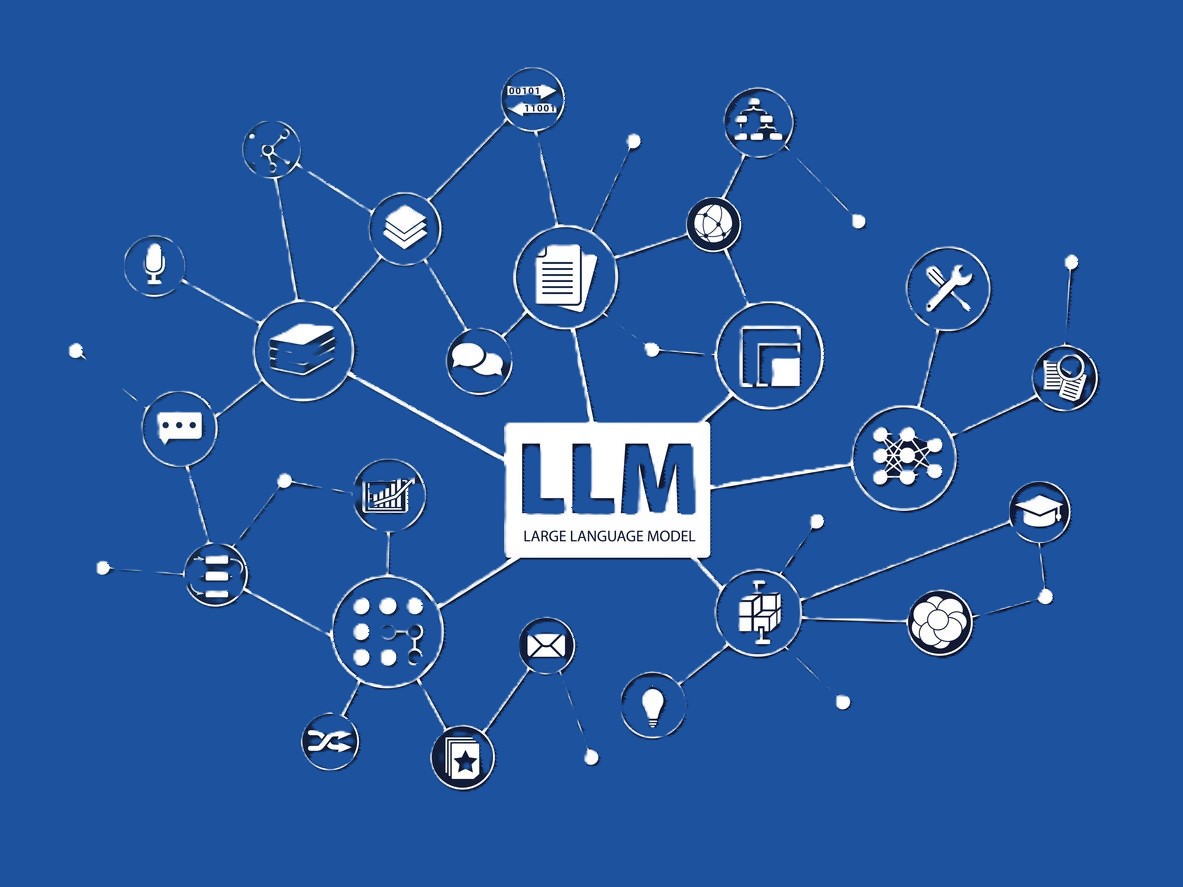Creating a Large Language Model (LLM) project involves several steps, and the process can vary depending on the specific goals and requirements of your project. What topics are you curious about? What areas of the world do you want to understand better? Identifying a subject close to your heart will fuel your motivation and make the project more enjoyable.
Impact: Can your LLM project address a real-world problem or challenge? Maybe it could streamline workflows, generate creative content, or analyze complex data for insights. Aiming for impact adds purpose and significance to your work.
Define Project Objectives:
Clearly outline the goals and objectives of your language model project. What do you want the model to achieve? Is it for natural language understanding, text generation, translation, summarization, or a specific application? Once you have a general area of interest, narrow it down to a specific, manageable focus. This could be a particular subfield, a unique application, or a specific dataset to explore. Consider the resources and time available to you. Don’t bite off more than you can chew, especially with your first project. Start with a achievable scope and gradually add complexity as you progress.
Methodology
How will you use your LLM to tackle your chosen problem? Will you train it on a specific dataset, fine-tune its existing skills, or explore generative capabilities? Research different approaches and choose the one that best suits your project goals. How will you measure the success of your project? Define clear metrics or benchmarks to assess the performance of your LLM and track your progress.
Choose a Framework or Platform:
Decide on the framework or platform you want to use for building your language model. Popular choices include TensorFlow, PyTorch, Hugging Face Transformers, OpenAI GPT, and others. Training and running LLMs can be computationally demanding. Look for platforms that offer cloud access or explore local options if feasible. Familiarize yourself with the specific LLM framework you’ll be using. Take online courses, read tutorials, and join communities to learn best practices and troubleshoot potential issues.
Collect and Prepare Data:
Gather a large and diverse dataset that is relevant to your project. The quality of your data is crucial for the performance of the language model. Preprocess and clean the data to remove noise and irrelevant information. Depending on your project, you may need access to relevant datasets. Many publicly available datasets exist, or you can consider creating your own if needed.
Select Model Architecture:
Choose the architecture of your language model. This may involve selecting a pre-existing architecture (e.g., BERT, GPT) or designing a custom architecture based on your project requirements.
Train the Model:
Train your language model using the prepared dataset and selected architecture. This process may involve fine-tuning a pre-trained model or training a model from scratch. Training large language models often requires substantial computational resources. Begin with a basic model and gradually add complexity as you gain confidence and understanding. This iterative approach minimizes risk and allows you to build upon your successes. Don’t be afraid to try different approaches and experiment with different parameters. Analyze your results, learn from your mistakes, and adapt your model accordingly.
Evaluate and Optimize:
Evaluate the performance of your language model using appropriate metrics. Fine-tune and optimize the model based on evaluation results. Iteratively improve the model until it meets your project requirements. Keep detailed notes and records of your process, challenges, and successes.
Integration and Deployment:
Once satisfied with the model’s performance, integrate it into your application or system. Deploy the model in a production environment, ensuring it can handle real-world scenarios.
Implement monitoring mechanisms to keep track of the model’s performance over time. Regularly update and retrain the model to adapt to changes in data distribution and user behavior.
Ethical Considerations:
Consider ethical aspects of your language model, such as bias, fairness, and privacy. Implement measures to address these concerns and ensure responsible use of the model.
Documentation and Sharing:
Document your project thoroughly, including model architecture, training processes, and important decisions. Share your work with the community if applicable, contributing to the collective knowledge in the field.This documentation will be invaluable for future projects and can even be shared with others to inspire and contribute to the LLM community. Once you have a finished project, share your results with peers, mentors, or even a wider audience. This can be through presentations, blog posts, or even open-source code repositories.
Remember that building large language models requires significant computational resources, and you may benefit from cloud services or high-performance computing clusters. Additionally, stay informed about best practices and the latest advancements in the field to continually enhance your language model project. Remember, your first LLM project is a learning experience. Embrace the challenges, enjoy the process, and celebrate your achievements! With passion, focus, and a bit of experimentation, you’ll be well on your way to creating an impactful and rewarding LLM project. Good luck!


